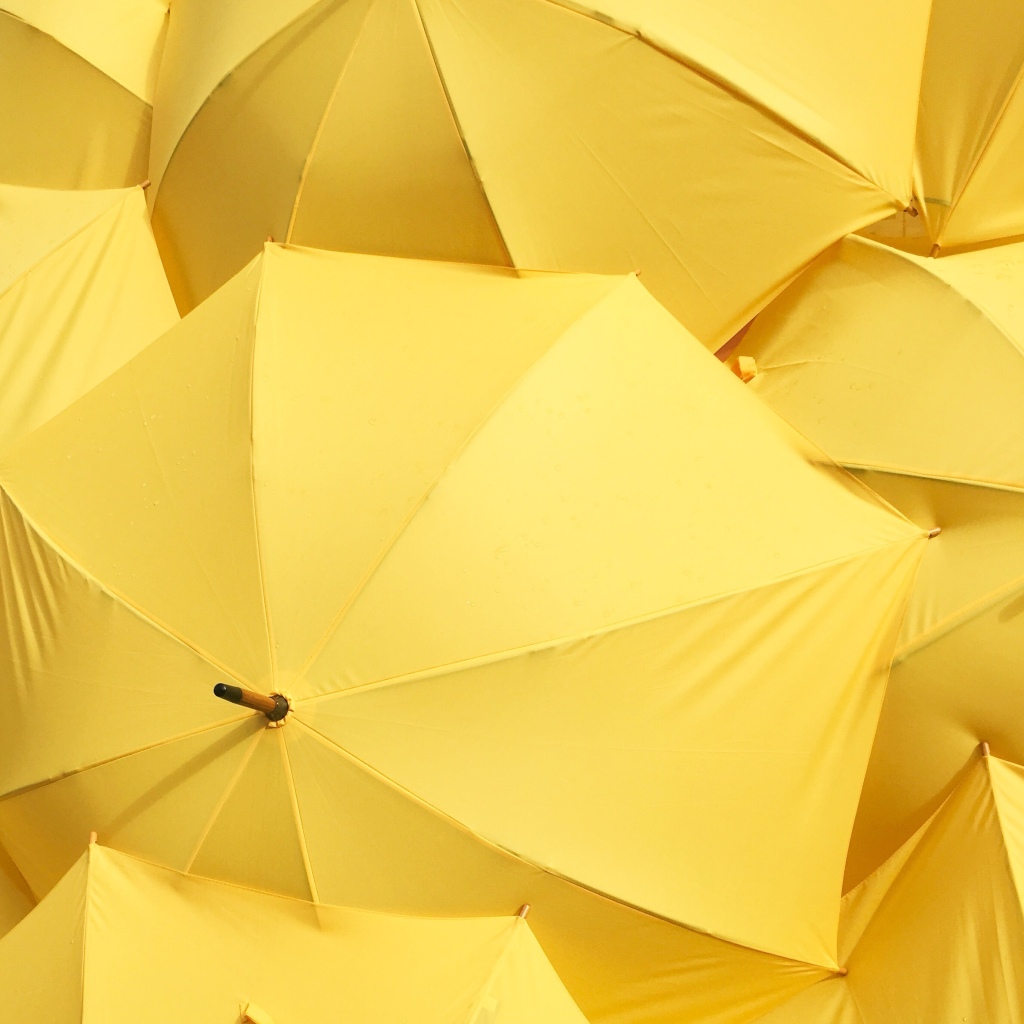
We never used to like each other, yellow and I, because I am too pink skinned and fair. I love how yellow pops to life on people who have darker hair and skin tone. But recently I have found it radiating back into my comfort zone.
I visited the Low Vision Clinic at CTSB*. It is beautifully set up, with walls painted in muted gray, to reduce the glare, whilst reflecting ample natural light.
In typical Stargardtsian** fashion, my eyes struggled to adjust to the change in light from the corridor into the clinic. I often find that entering an unfamiliar space is slightly stressful, tightening up my eye muscles which is also not helpful with my limited sight.
I momentarily stood still in the doorway to get my bearings and immediately spotted a yellow chair contrasted against the darker carpet. It invited me to sit, without using words or even a guiding arm. It was so securing to have a familiar shaped landmark.The specialist saw me moving toward it and asked if I wanted to sit. I said, “No, I just want to ‘see’ it … with my hands. where did you get it from?”.
On closer inspection I found that it was a seat cover. She had cleverly made it out of very stretchy fabric, sewn into a kind of shower-cap for the cushion part of the chair. It was so simple, incredibly effective and hygienic, but most of all, kind for her low vision clients.
Contrasting colour can be a powerful enabler for people with macular trouble , as well as those with cognitive limitations. We also can make some of these adjustments ourselves.
Yesterday, I was gardening, which is quite scary for my husband, as I could pull out a plant instead of a weed or mow the weeds flat because they look so grassy. In the process I lost the weeding tool. It had a green handle. Why are most garden tools green? Why would they need to be camouflaged, even for the fully sighted?
I then remembered a tip from our HK*** Low vision support group meeting and decided, then and there, that, before the tools got back into place, they were going to be ring bound with yellow insulation tape.
I can now see the handles and have a much better chance of not burying them or throwing them out with the weeds…unless they have yellow flowers!
Whilst I have no visual acuity, I am very grateful that I still have some peripheral perception of colour, especially those from the middle of the rainbow.
Thank you yellow, I am glad to be journeying with you.
* Cape Town Society for the Blind ** Stargardt’s Dystrophy ***Helen Keller Low Vision Services
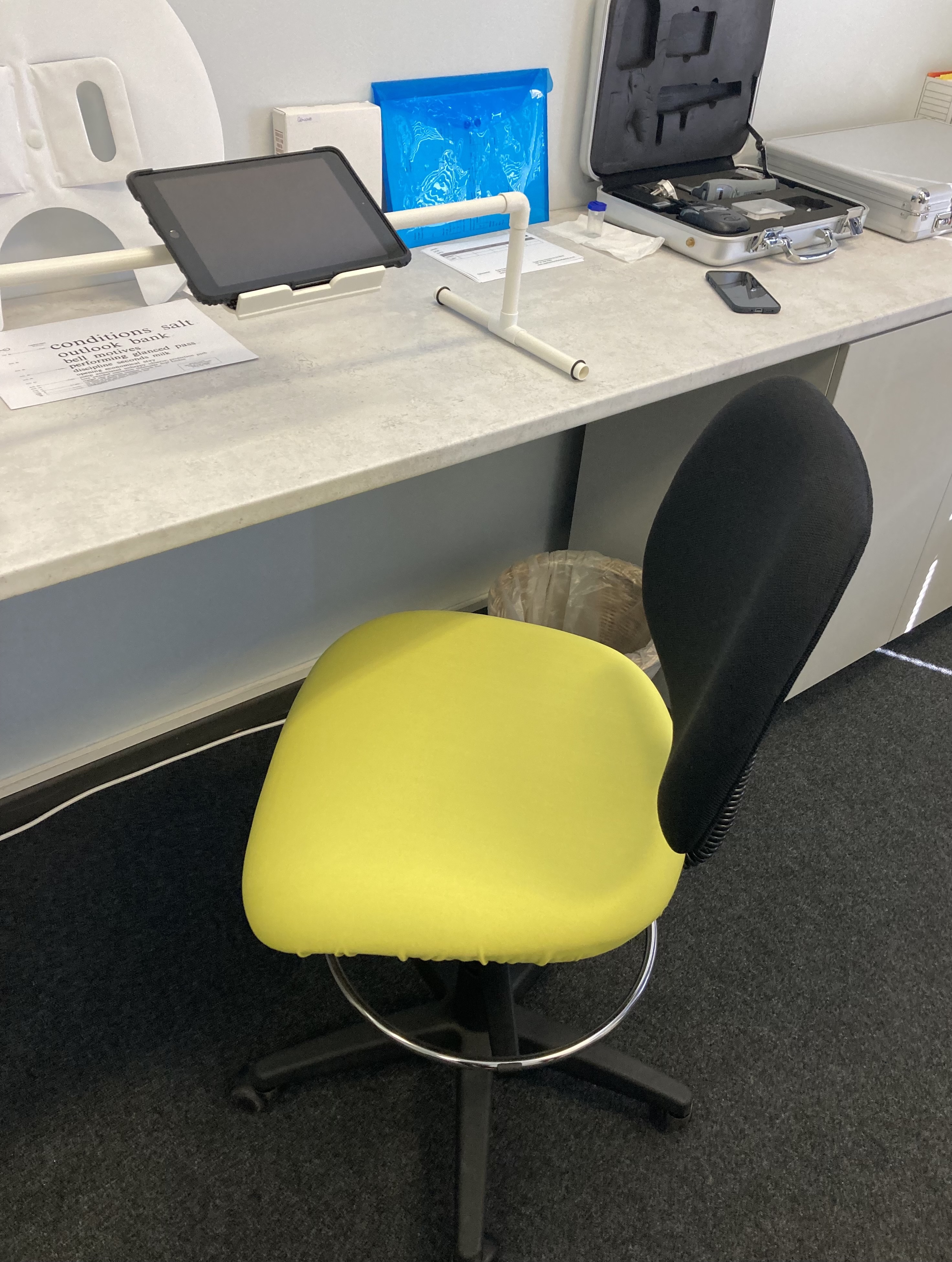

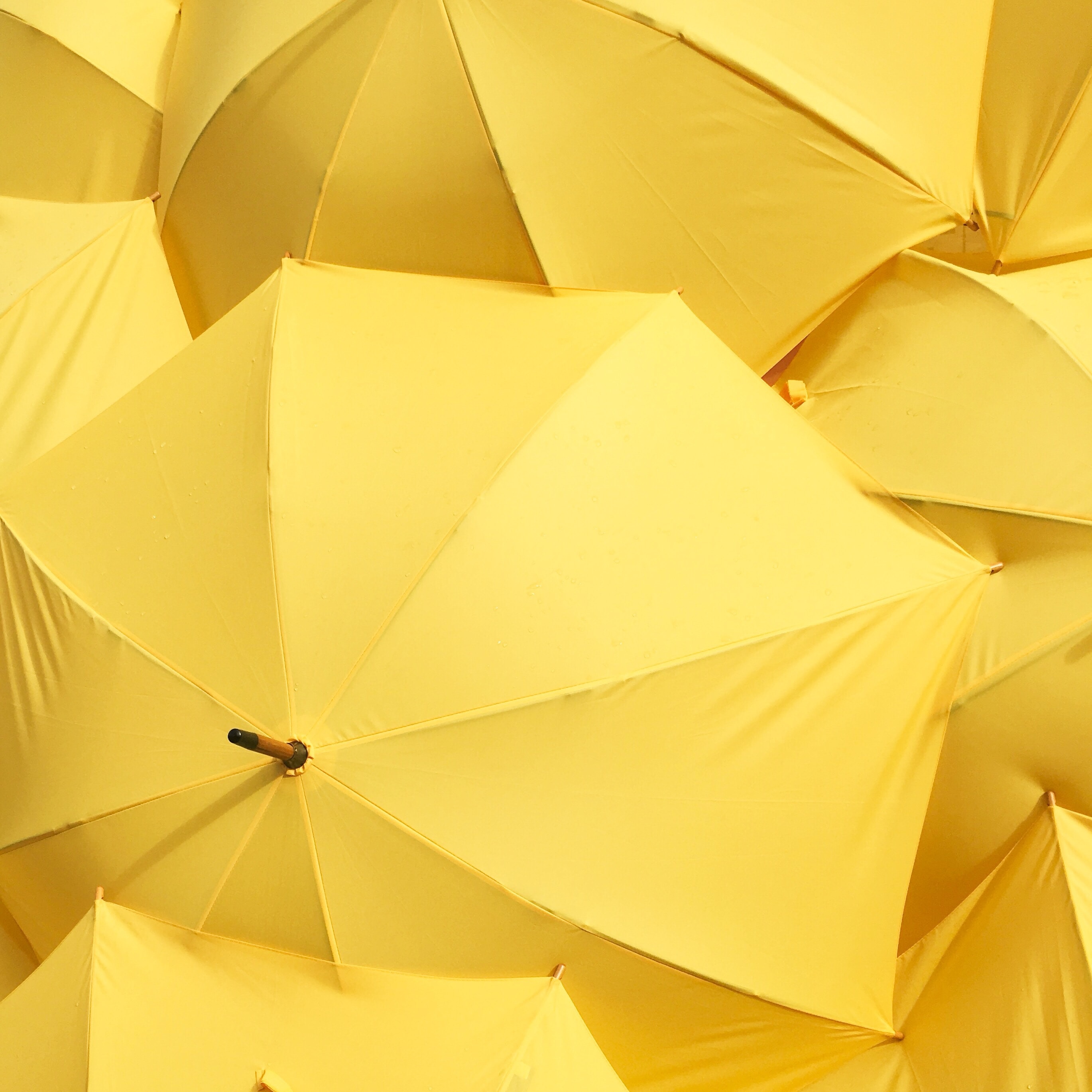


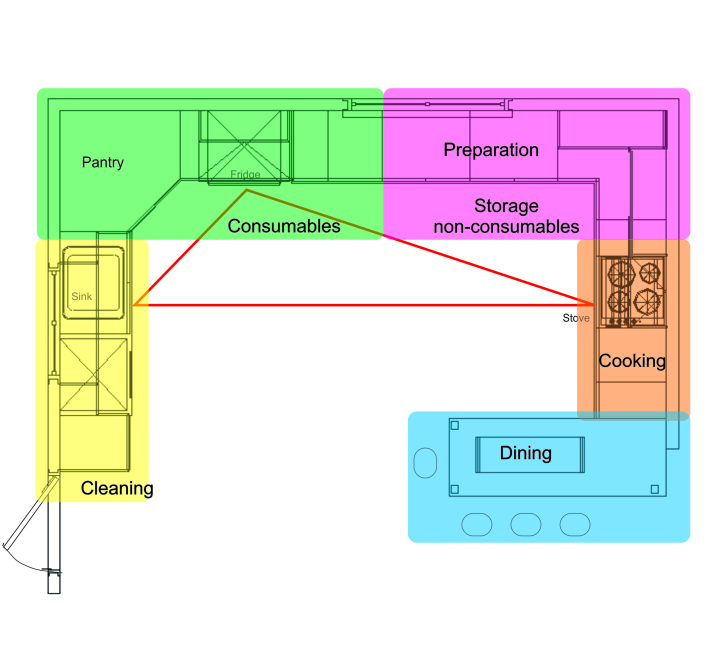

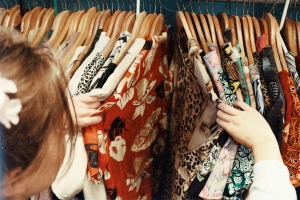
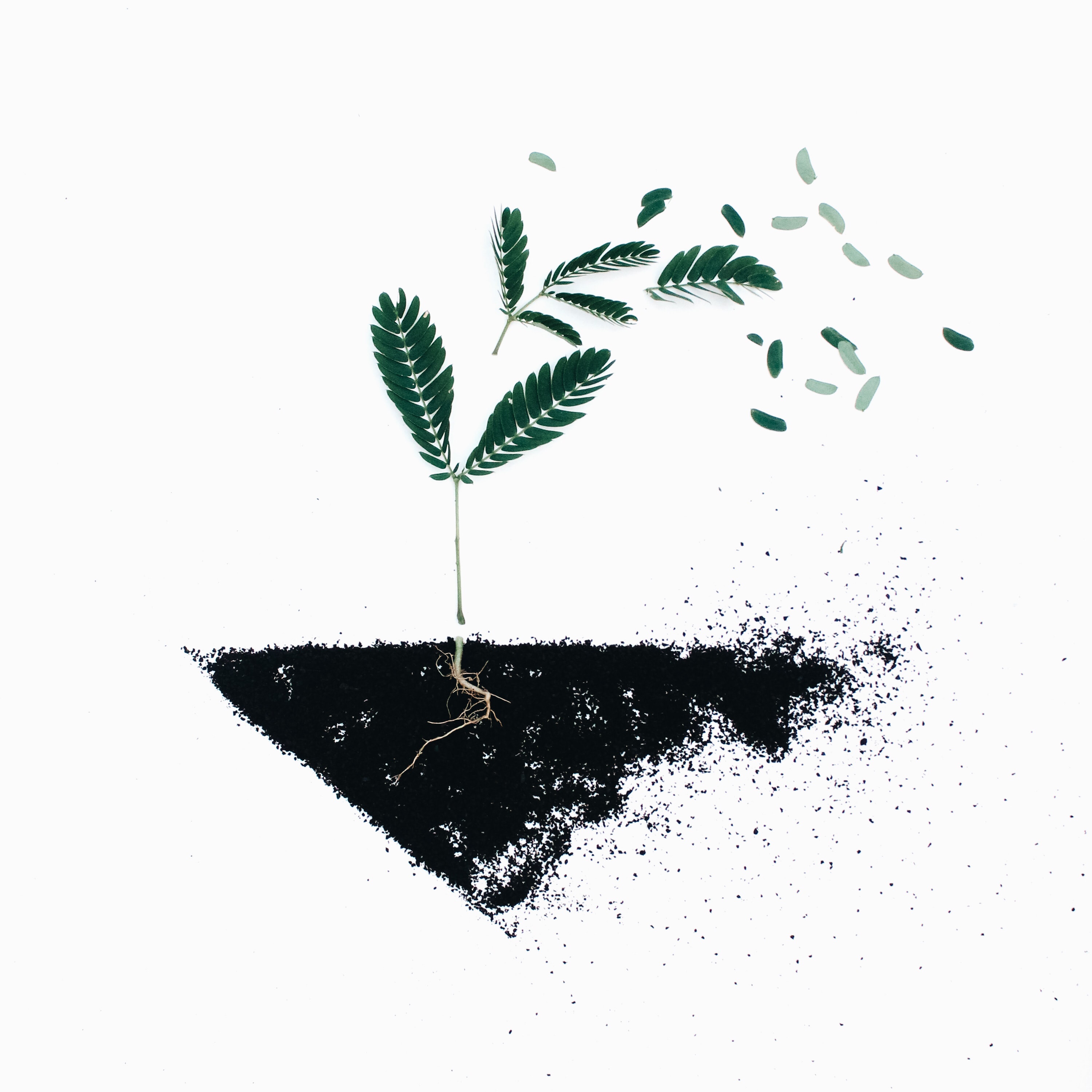 I have a story about a tree that drastically changed the way I see myself and that helped me put my blindness into perspective.
I have a story about a tree that drastically changed the way I see myself and that helped me put my blindness into perspective. 